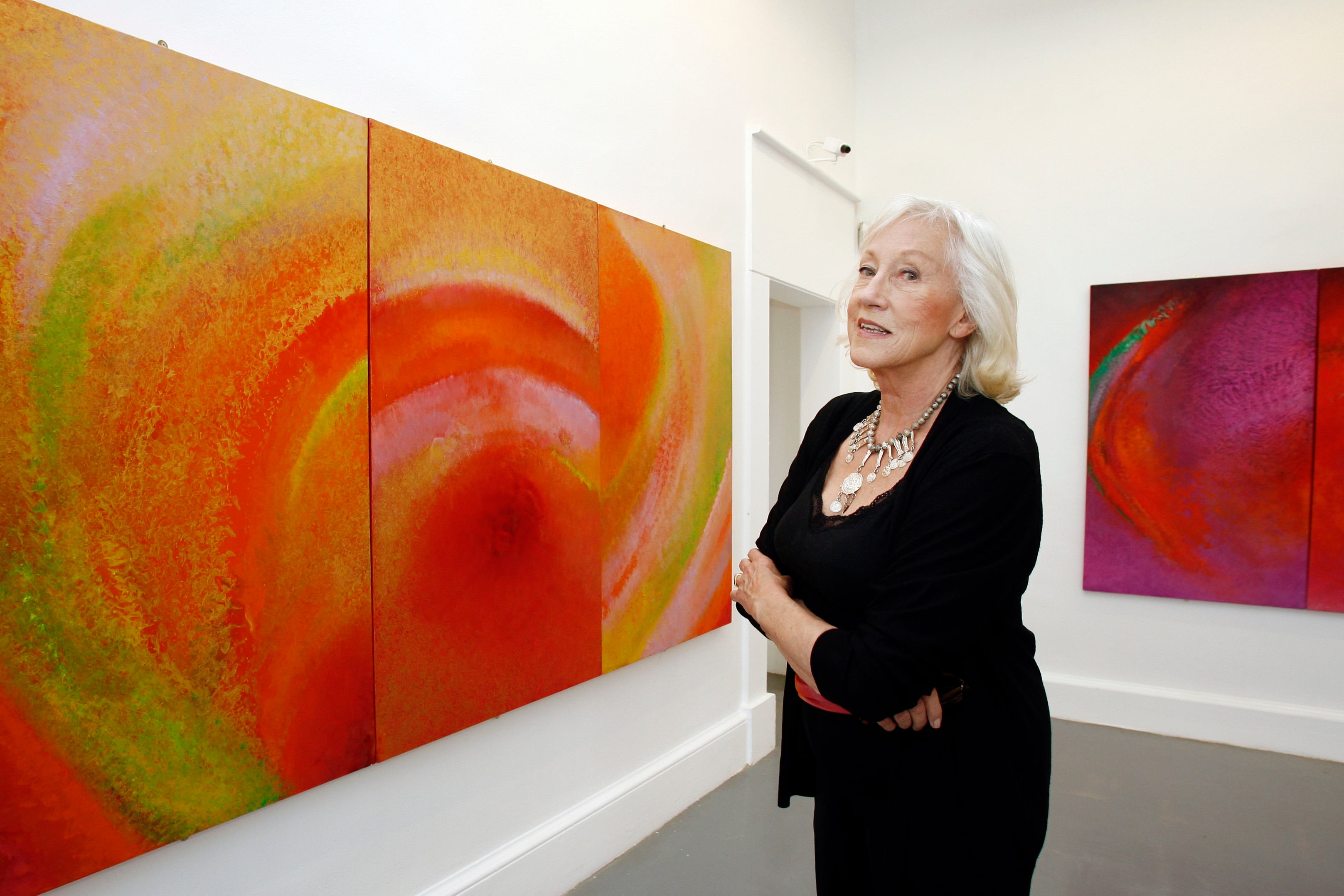A conference in Dublin this weekend will discuss whether Brigit was a real person, a goddess or saint. The ‘Brigit of Ireland: An icon for today’ event will be hosted by the Centre for Gender and Women’s Studies at Trinity College, in collaboration with Woman Spirit Ireland.
It will reflect on the complex figure of Brigit in anticipation of St Brigid’s Day next Wednesday February 1st and Ireland’s new public holiday in her honour on Monday February 6th.
Organised by Dr Mary Condren, of Trinity’s Centre for Gender and Women’s study, she said that, “inspired by her reputation for generosity, peaceweaving, poetry, healing and love of nature, in recent years, many have turned to Brigit. Her Old Irish name is Brigit. Today she is known as Brigid, Bríd, Bride, Bridget with lots of variations, not only in Ireland but also throughout the world. Her traditions bridge the old divisions between pagans and Christians, saints and goddesses.”
She recalled how “in Indo-European cultures, many old divinities were used by ambitious rising political entities to legitimate radically changing worldviews. Like Maeve in the `Tain’.” They were “framed as belligerent supporters of warring escapades.”
READ MORE
In the monotheistic world, “ruled by a singular male deity, Brigit is a saint, but what is a saint?” Some saints were “radical reformers, subject to suspicion and critique during their lives, but canonised when dead. Dorothy Day, founder of the Catholic Worker movement, pleaded not to be canonised after her death,” Dr Condren said.
Other saints “were applauded and valorised during their lifetimes (and afterwards for their various practices).” but “where does this leave Brigit?,” she asked.
At this weekend’s conference “researchers will dig deeply into Brigit’s living traditions; the historical Brigit and her successors; her depictions in artwork, ancient and modern, along with the artefacts used in the Brigit Imbolc rituals. Presentations will be interspersed with poetry, music, and making Brigit crosses and Bridogs,” she said.
Speakers will include Dr Catherine Lawless and Dr Condren of Trinity’s Centre for Gender and Women’s Studies, Dr Séamas Ó Cathain, Professor Emeritus UCD, Dr Edel Breathnach of UCC’s History Department, with a panel discussion and poetry and music from Pádraigín Ní Uallacháin, Grace Wells and Dr Nóirín Ní Ríain.
The event takes place at Trinity’s Edmund Burke Theatre with further details here.










